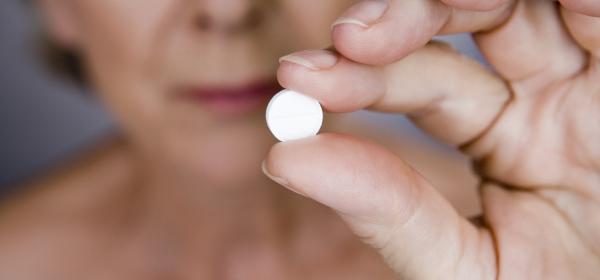Prescription drugs treat conditions and improve patient health. But when drug prices are too high, access to medicines becomes out of reach for far too many patients.
When the price of prescription drugs fits within a family’s budget, everyone is able to live and work at their healthiest. On the other hand, when people are unable to afford their medication, this negatively affects their health and their lives and exacts a heavy toll on society.
Why are patients paying more?
This crisis is fueled by the high launch prices of new brand biologics and year-over-year price increases of brand drugs that face no competition in the market for many years due to abuses of the patent system. A recent report shows the average annual price of specialty drugs has tripled over the last ten years from nearly $18,000 to more than $52,000 today.1
With brand-name drugs now accounting for 77 percent of all spending on prescription drugs, patients are experiencing higher pharmacy costs, higher premiums and higher deductibles as a result of high brand drug prices.2 Moreover, taxpayers are footing the bill as increased prescription drug spending drives up Medicare and Medicaid spending. The increasing cost of brand drugs is unsustainable.
What is the solution?
Increasing patient access to more affordable, FDA-approved generic and biosimilar medicines is a proven and tested solution to lowering prescription drug costs. When generic competition exists, prices are often 80-85 percent less than the brand drug,3 according to the FDA.
Biosimilars – which are affordable alternatives to expensive brand biologics, like Humira and Remicade– also are starting to come to market. The FDA has approved nine biosimilars but only three are available to patients to date. While the U.S. is still behind Europe in terms of patient access to biosimilars, the potential savings could reach $54 billion over the next ten years.4 Yet the FDA Commissioner has called out brand-name drug company abuses of the patent and regulatory system that attempt to sabotage the growth of biosimilars.
With increased access to generics and biosimilars, patients are less likely to abandon their prescriptions at the pharmacy counter. And with 90 percent of generic prescriptions available for less than $20 for patients with insurance, this means real savings to family budgets and healthier lives for all of us.5
Who is benefitting from the status quo?
While it seems as if the trade association for brand-name drug companies has launched a new public relations campaign pointing the finger at other stakeholders in the drug supply chain every week, and lawmakers in state capitals and in Congress seek solutions on drug prices, let’s remember who’s driving up the cost of prescription drugs and who benefits from these high prices.
When three out of every four dollars of the price is retained by brand-name drug companies, it’s those drug companies who benefit the most from high drug prices.6 And patients, without access to more affordable, FDA-approved generics or biosimilars, are stuck paying the bill.
It’s time to do something about sky-high prescription drug costs. Let’s increase competition, end patent abuse and work to bring drug prices back down to Earth.
Subscribe now to receive alerts on pending legislation and opportunities where you can advocate for affordable medicines.
Share Your Voice
Tell Congress to protect access to your safe, affordable generic and biosimilar medicines.
Watch Video

Learn how your generic and biosimilar industry is committed to your health.
Sources:
1. AARP, 2017
2. IQVIA, 2018
3. FDA, Facts About Generic Drugs
4. Rand, 2017
5. IQVIA, 2018
6. USC Schaeffer Center for Health Policy and Economics, 2017

By Erik Komendant, AAM Vice President, Federal Affairs

